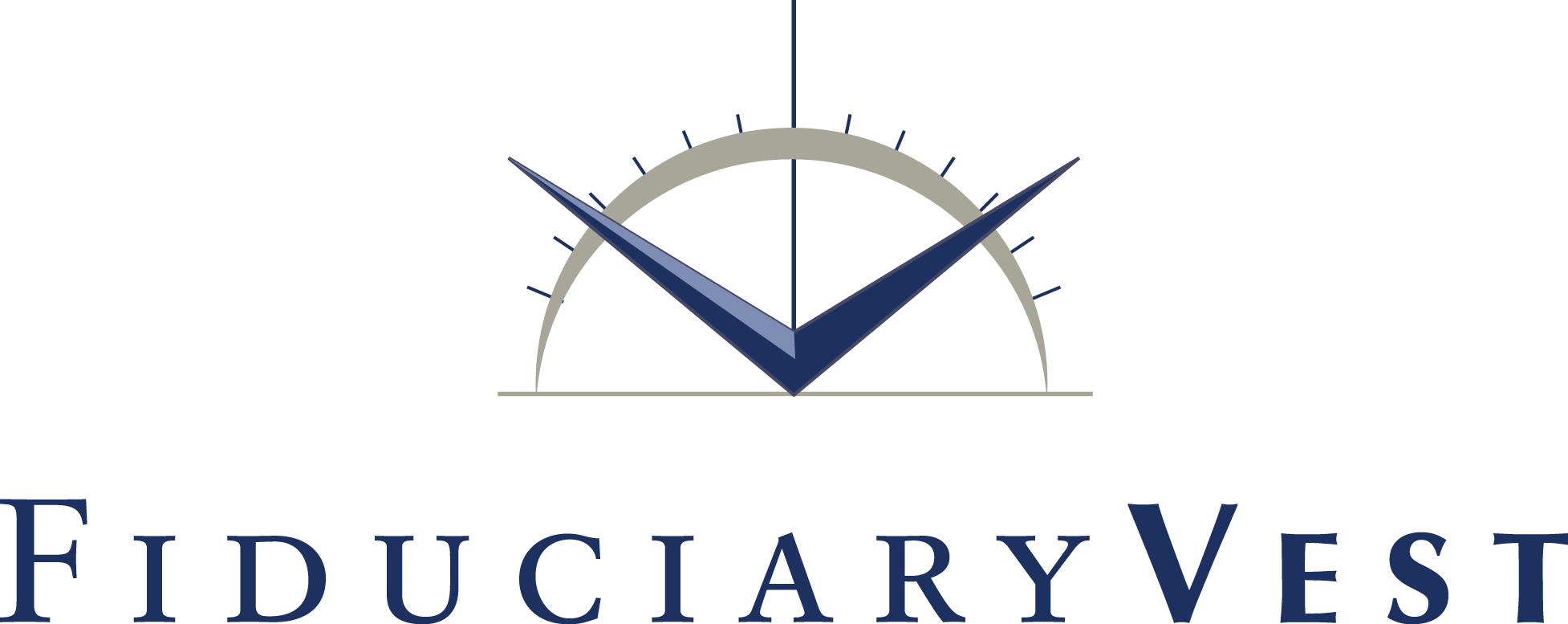
Concentration Risk in 401(k) Plans

Everyone in the 401(k) world has heard that Target Date Funds are taking over retirement plan line-ups at breakneck speed. It is estimated that by 2020, nearly 90% of all new asset flows into 401(k) plans will be directed to these asset allocation one-stop-shop investment options which now account for nearly $1 trillion in combined assets.
However, most of the money flowing into target date options is coming from younger employees that are automatically enrolled into the Plan’s Qualified Default Investment Alternative (QDIA). An examination of some of the largest corporate retirement plans reveals that legacy employees still hold potentially dangerous concentrations in a non-diversified investment option, COMPANY STOCK.
A recent study by Pension & Investments found that company stock accounts for nearly 20% of total plan assets at the largest 100 corporate plans. Participants at one energy-related company hold over 61% in company stock, which lost nearly 22% of its value in the last 12 months. Another company has over 51% in company stock, which declined over 31% in the past year while the S&P 500 is up over 6%. A return differential of over 37% in one year is quite significant (akin to the stock market crash in 2008), and highlights the concentration risk related to single stock investing.
Understandably, companies want to create an ownership mentality with their employees, so that a win for the company is a win for the employee as a stockholder (or owner). However, with last year’s US Supreme Court Decision in the case of Dudenhoeffer vs. Fifth Third Bank, which removed the presumption of prudence historically cited in stock drop cases, plan sponsors may wish to revisit their approach to company stock in their plans.
Here are some steps that sponsors can consider to help mitigate their fiduciary risk as it pertains to company stock:
- Add language to the Investment Policy Statement explaining the reasons the stock is offered and circumstances that would cause the stock to be removed from the Plan
- Institute a cap on the percentage that participants can hold in the stock within the Plan, and ensure maximum flexibility for participants to move money out of company stock to other investments in the Plan
- Develop a communications campaign to highlight the importance of diversification and remind participants of the risk of concentrated investments
- Document a contingency event plan and a course of action if certain market conditions occur
- Hire an independent third party to monitor and report to the Committee
- Hire an independent fiduciary
Let’s face it, studies have shown that inertia is the cause of most behavior in 401(k) plans. Many participants that hold high concentrations used to get their company match in stock and just never made a change (inertia working against the employee). As plan design has evolved and more companies are automatically enrolling new participants in age appropriate and diversified target date options, inertia is working for employees. If we care enough about our younger employees to make sure that they get into the plan and that they diversify, shouldn’t we give our older workforce the same opportunity? Many companies are coming around to that idea and have implemented an “investment refresh,” or retroactive reenrollment into the QDIA. Participants can always opt out, but studies show that most will not (good ‘ole inertia again). The result is a workforce that has diversified investments to help get them to retirement and beyond, which is the ultimate goal, right? Oh, and the side benefit can be a reduction in fiduciary risk, the ultimate goal for many plan sponsors.
It is important to remember that participants who hold company stock and are still employed face one other important risk: double jeopardy. If something happens to the company stock and at the same time they lose their job, their finances can be hit twice as hard, creating a potential financial tsunami for workers.
Whatever you do, as always, follow a prudent process and DOCUMENT your decision and rationale.





